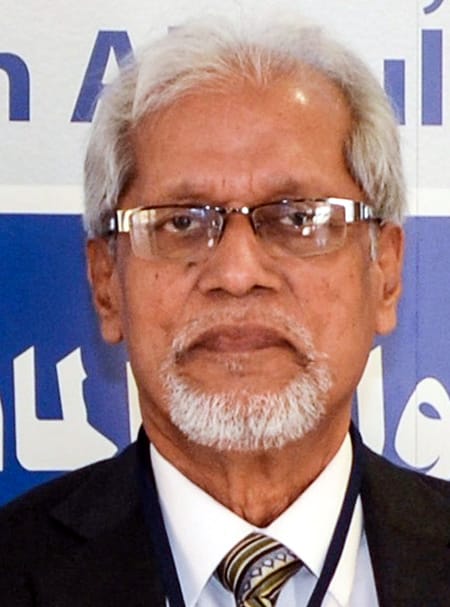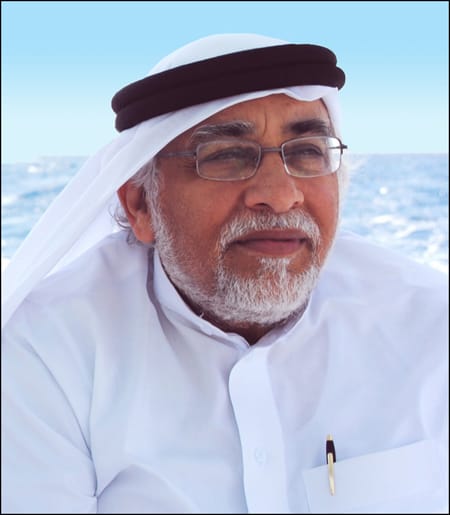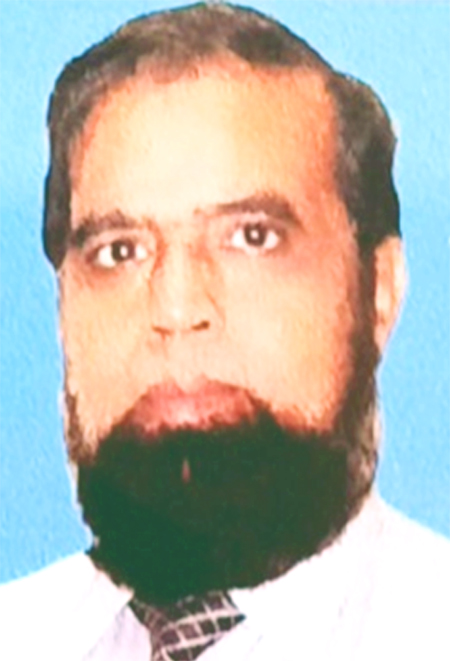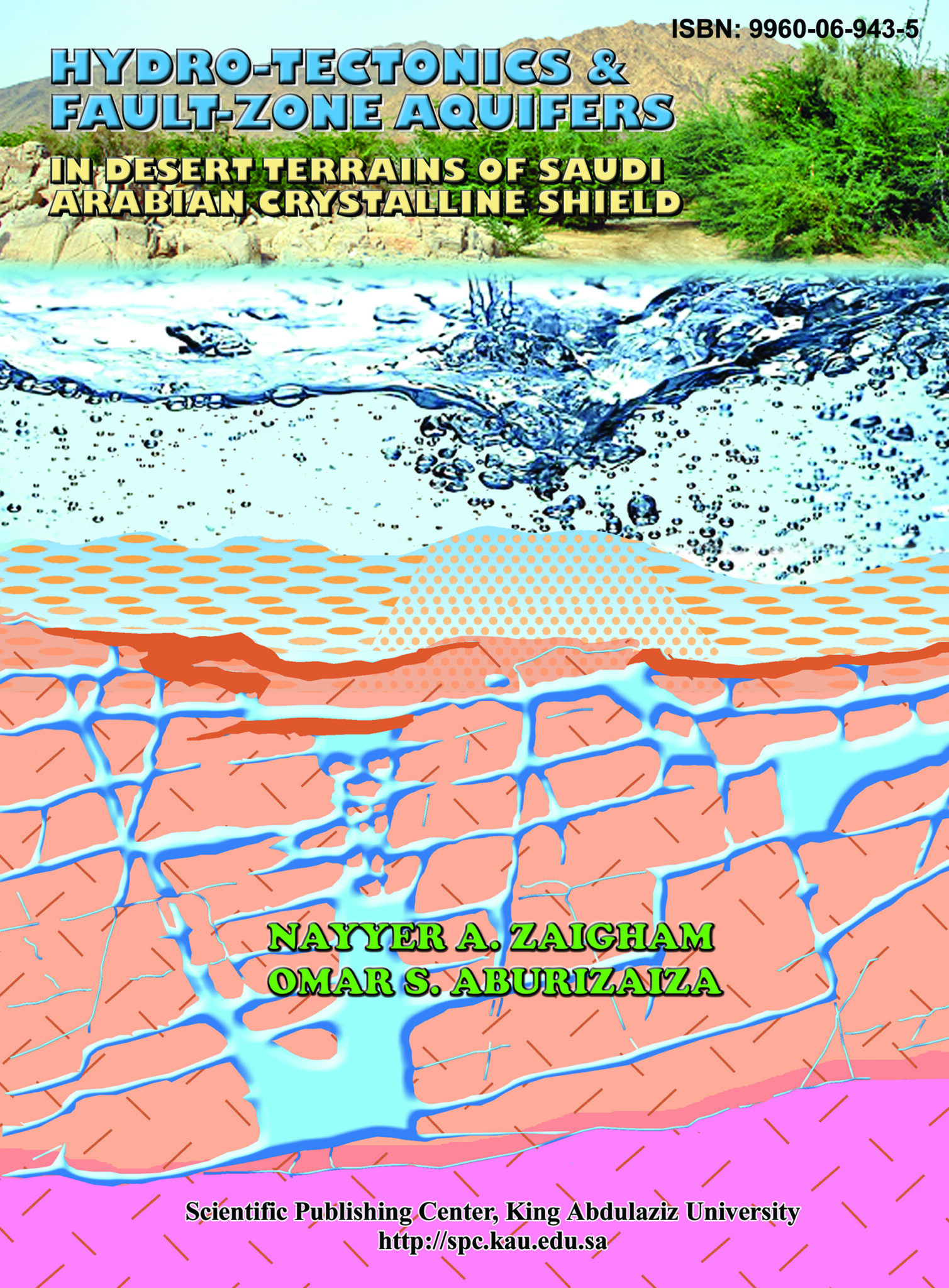The hunt for a reliable source of water aquifers is ever increasing with the rise in population combined with the frightening depletion of known freshwater resources, particularly in deserts. Experts predict that the dynamics of future geopolitics will revolve around water resources. This precious commodity is now considered the “Blue Gold” – a strategic commodity by all the nations having better insight into the future. Publishing such a book is a great addition to the subject since it’s not only addressing the frustrating situation of water resources but also pinpointing non-traditional sources of groundwater – which are largely ignored, even by the experts and subject specialists.
The broad spectrum of the research work carried out under the project is highly commendable. I feel no need to further add to the comments “Excellent Category” for the qualitative and quantitative achievements with the additional phrase “that the report documentation exceeds the expectations”, given by the reviewer, who was appointed by King Abdulaziz City for Science & Technology (KACST) for the purpose and must have gone through the report-cum-book at length.
Usually, the research papers on any scientific topic are too dry and boring, making it difficult to understand by the general readers, government functionaries, decision-makers, and students; thus, the conversion of the research papers to the level and format of a Book, making it more attractive and appealing without compromising on its scientific accuracy, would have been another uphill task for the authors. On accomplishing this objective, the authors deserve more recognition and appreciation from their readers and users.
I must admire the aerial coverage, originally planned for 12,000 sq. km., but later on extended to the huge 350,000 sq. km. Remaining at the same cost as was originally estimated. This shows the dedication and enthusiasm of the researchers cum authors – needs to be followed by future researchers working on regional, semi-detailed and detailed levels.
The subject is thematically covered under 11 chapters with several sub-chapters in each, 289 highly illustrative figures, diagrams, and maps, 11 information boxes depicting basic facts on the subject and very nicely placed for the convenience of its readers, and a total of 10 tables- tabulating most relevant and significant data. Such extensive coverage has converted the research output to a text-cum-reference book.
Though all the topics/chapters are highly relevant to the subject, in my opinion, the most important and exemplary are chapters 3, 4, 7, 8, 10, and 11 in the wake of the need of adopting the themes given in these, to other parts of the world. Arabian Sea tectonics and impact on the hydrogeology of Arabian Plate subducting under the Eurasian Plate (both comprising shield rocks) all along the Makran Coast as well as north-Volcanic Arc regions of Balochistan – are to be studied on the pattern and style as described in Chapter-3 of the book.
In Chapter-4, pervasive coverage of field investigations for various components of a set of ground features (off-shore & on-shore) is given, which gives an in-depth view of methods and procedures to be adopted by the researchers. Chapter-7 deals with the most important and latest aspect of analyzing the visual surface expressions by application of remote sensing, which enables researchers to interpret and visualize the study of a large area in a shorter span of time, practically for any study or research work.
Understanding groundwater recharging mechanism & sources of any area as described in Chapter-8 is fundamental to understand the specific conditions and potential of an area under study. The geophysical delineation of aquifers within fault/fracture zones, as elaborated in Chapter-10, is another fast and reliable methodology that needs to be adopted for getting quick results. Meeting the future challenges of water and food security – the most important goals; can only be achieved by having a realistic vision for the future. This aspect is comprehensively covered in Chapter-11. The bibliography containing references of both printed books and websites – the authors took the benefit of – would also be highly beneficial for researchers and other stakeholders as well.
Since the book precisely identifies the target areas for exploring non-conventional groundwater resources in highly deformed and fractured shield rocks – though focusing on Arabian Peninsula (KSA) but applicable to several droughts hit regions anywhere in the World. Pakistan, particularly the water-scarce Balochistan, could be a potential beneficiary, considering similar sort of tectonic features like major transform fault & resulting network of offshoot-faults/fractures, subduction zone, and the triple junction – a point of meeting of three major tectonic plates.
Additionally, in view of the landforms, resulting in tectonic features and climatic conditions, many of the areas of Pakistan, especially the vast & arid land of Balochistan, deserts of Sindh and Punjab provinces (Thar & Cholistan deserts), and coastal areas are closely comparable to Saudi Arabia. Availability of freshwater hydro-geological resources is already scarce in these areas. Combined with unplanned and un-judicious harvesting of the groundwater at an alarming rate has placed a big question mark on the survival of our generations to come. This scenario implies that a similarly pervasive and comprehensive study be carried out in these parts of Pakistan.
I strongly believe that the Book under review will gain a broad base of readers/end users and open up new vistas for searching new groundwater aquifers in the study area and elsewhere in the world. A lot of research work and scientific papers are also expected to emerge out of this work shortly – hence the book is expected to generate and give “food for thoughts” for the academia and students for a long time to come, along with firm guidance to the planners and decision-makers to reach to wise and firm footed planning for future.
The Book entitled “Hydro-Tectonic & Fault-Zone Aquifers in Desert Terrains of Saudi Arabian Crystalline Shield” [ISBN#: 9960-06-943-5], written by Prof. Dr. Nayyar Alam Zaigham and Prof. Dr. Omar S. Aburizaiza and published by the Scientific Publishing Centre, King Abdulaziz University Press, Jeddah; Kingdom of Saudi Arabia is a massive piece of hydrogeological work.
Brief Profiles of Authors:

- Prof. Dr. Nayyer Alam Zaigham
Presently, he is working as Executive Director, GeoEnvoTechServices (GETS), A Research Group of Geoscientists & Environments, Karachi, Pakistan. In past he has worked in different technical & academic disciplines.

- Prof. Dr. Omar Siraj Aburizaiza Prof. Aburizaiza did MS & Ph.D. in Civil Engineering from Oklahoma University, USA, during 1979-1982. He has been Professor of Water Resources Engineering, Planning and Management since 1996 in the Department of Civil Engineering, King Abdulaziz University, Jeddah.
Also Read: Book Review; Islam, Sci-Fic & Extraterrestrial Life by Jörg Matthias Determann

Nazar-ul-Islam is Ex-Director General, Geological Survey of Pakistan (GSP), Ministry of Energy (Erstwhile Ministry of Petroleum & Natural Resources) Government of Pakistan.

